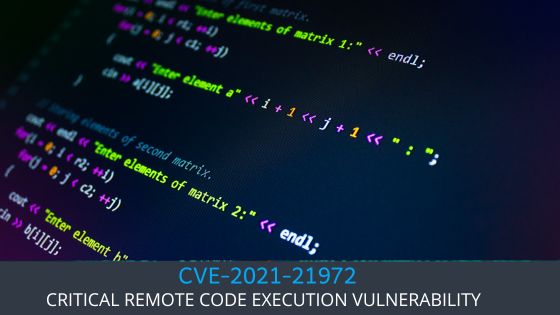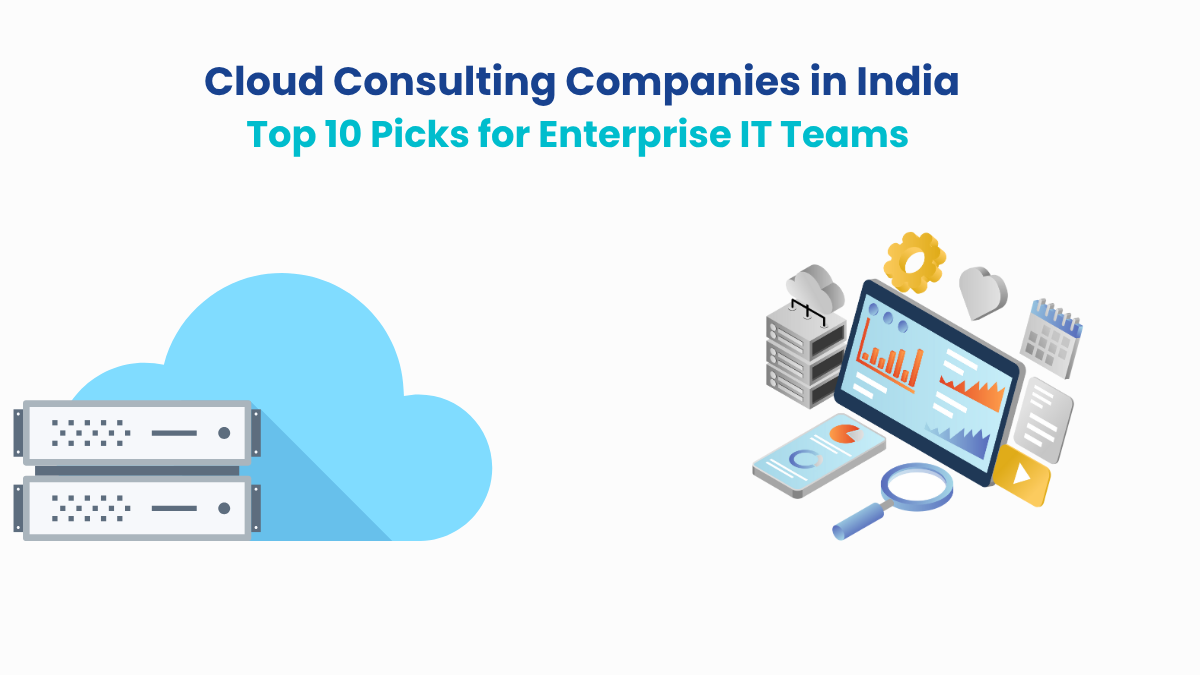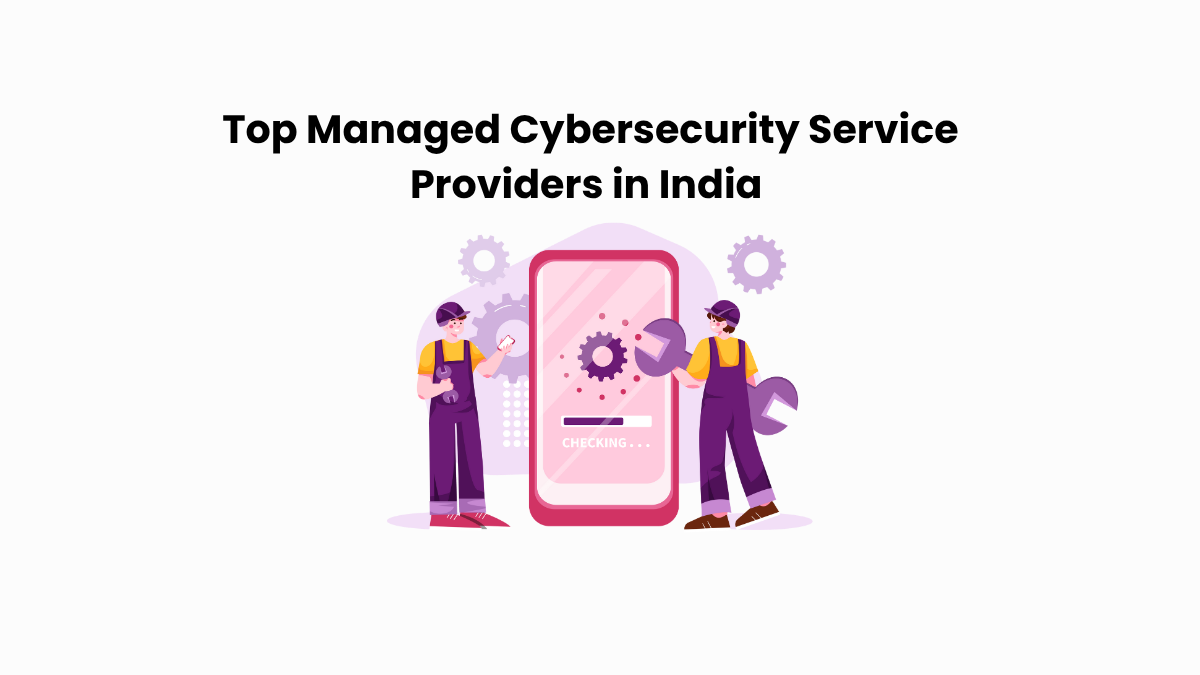The discovery of CVE-2021-21972 has spotlighted a significant security flaw within VMware’s vCenter Server, emphasizing the need for stringent cybersecurity measures. This critical remote code execution vulnerability could allow unauthorized commands with unrestricted privileges on the host operating system, impacting numerous businesses relying on VMware infrastructure.
Understanding CVE-2021-21972
CVE-2021-21972 stems from a problematic plugin in the vSphere Client (HTML5) that is part of the vCenter Server. A malicious actor can exploit this vulnerability by accessing port 443, enabling them to execute commands on the underlying operating system.
Technical Details
Vector and Severity
The vulnerability scores a 9.8 (CRITICAL) on the CVSS scale, highlighting its severity due to the ease of exploitability and the high potential for significant impact on affected systems.
Root Cause
The vulnerability is linked to insufficient input validation in the handling of plugin interactions within the vSphere Client, allowing the bypass of usual authentication mechanisms.
Potential Impact
System Impact
#1 Execution of unauthorized commands on the host operating system.
#2 Complete compromise of the system’s confidentiality, integrity, and availability.
Mitigation Strategies
Vendor Recommendations
VMware has released patches for affected versions of vCenter Server and VMware Cloud Foundation. It is crucial to apply these updates immediately to mitigate the vulnerability.
Specific Steps for Remediation
#1 Update to vCenter Server 7.0 U1c, 6.7 U3l, 6.5 U3n, or later versions that have resolved this issue.
#2 Review and restrict access to port 443 to only trusted networks and users.
Alternative Actions
For those unable to immediately update:
#1 Implement additional network monitoring and intrusion detection systems to watch for signs of exploitation.
#2 Temporarily disable any affected vCenter Server plugins until patches can be applied.
Best Practices for Infrastructure Security
Regular Software Updates
Maintaining regular updates and patch management protocols is essential to protect against known vulnerabilities.
Robust Access Controls
Implementing strong access controls and regularly reviewing access permissions can help minimize the risk of unauthorized access.
Comprehensive Monitoring
Setting up comprehensive security monitoring and having an incident response plan in place are critical in quickly identifying and mitigating potential security threats.
Conclusion
CVE-2021-21972 is a stark reminder of the importance of cybersecurity diligence in modern IT environments. Organizations using VMware vCenter Server must prioritize security updates and regularly review their systems for vulnerabilities to protect against potential exploits.
For detailed guidance on securing your VMware environments and expert assistance, reach out to Datacipher. We are committed to providing cutting-edge cybersecurity solutions that help safeguard your critical digital assets.





